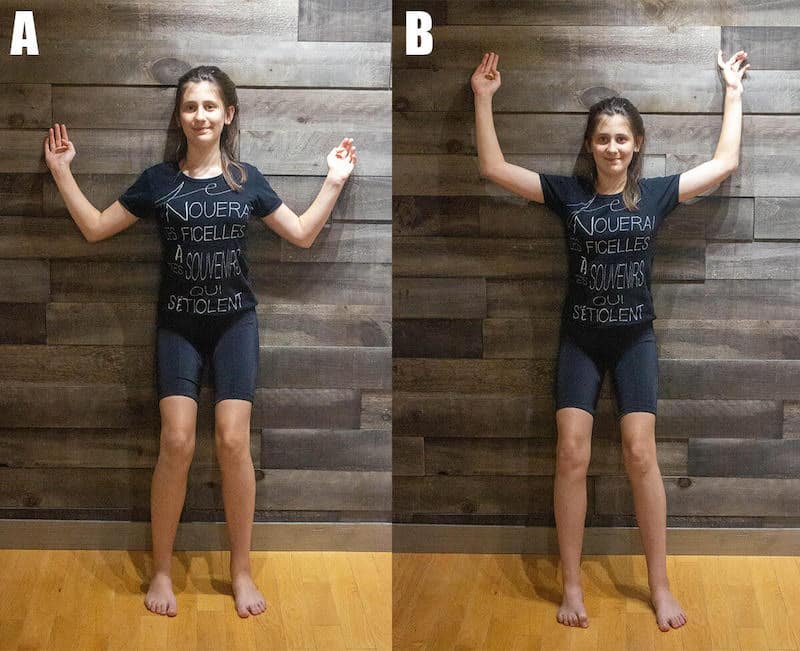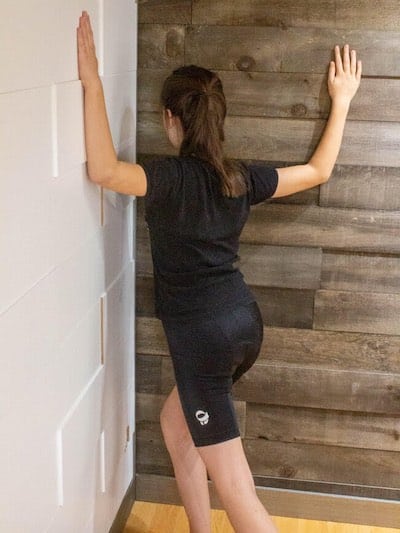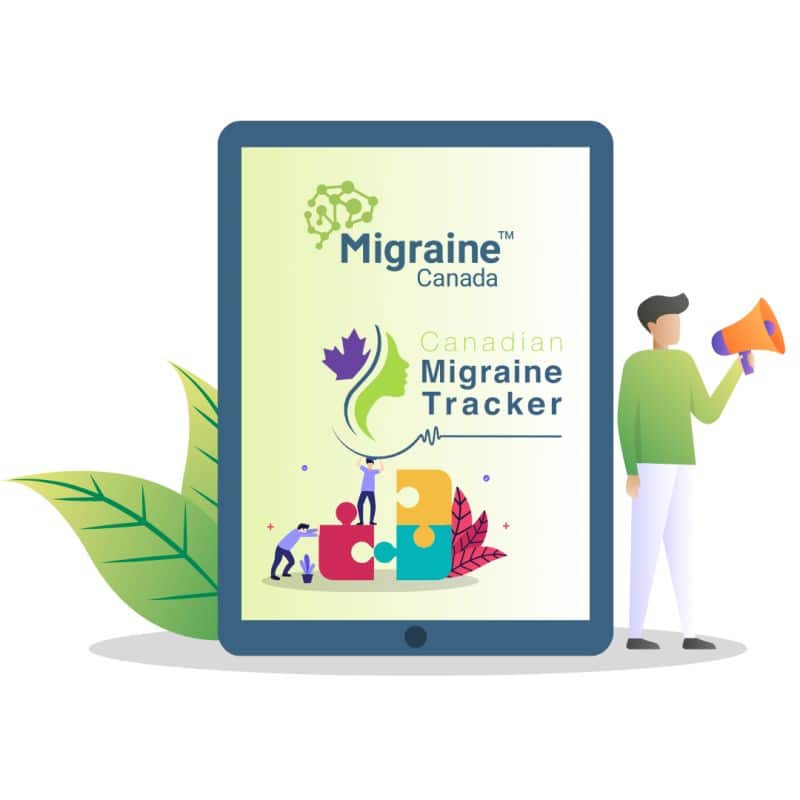Physiotherapy exercises offer promising relief for various types of headaches, including cervicogenic headaches, tension headaches, and migraine, which can be linked to joint or muscle dysfunctions. If your migraine is influenced by neck and shoulder movements, consulting a physiotherapist for personalized exercises can be beneficial. Physiotherapy treatments focus on strengthening and stretching key muscle groups to alleviate pain and improve mobility.
Strengthening Exercises
- Focus Areas: Abdominal, back, shoulder, and neck muscles.
- Example: Scapular wall slides (Figure 1) – Maintain contact with shoulders, elbows, and wrists, and slide your arms against the wall from position A to position B.
- Routine: Perform strengthening exercises in 3 sets of 10 repetitions daily.

Stretching Exercises
- Purpose: Reduce excess muscle tension holding the body in non-optimal positions.
- Example: Pectoral muscle stretches (Figure 2) – In a doorway or wall corner, move forward while keeping shoulders horizontal.
- Routine: Stretch 3 times per day, one minute each, easing into it and breathing steadily

Scapular Stabilization
Scapular stabilization can also be crucial. Consult with your physiotherapist for a personalized program at home.
Online Resources
While the internet offers useful exercises, a personalized approach is often necessary. Tailor exercises to your condition, especially if you feel pain during exercises or they don’t yield the desired results. A useful resource is spine.org’s cervical exercise guide.
Timeline for Results
You may see positive effects within 6 weeks, but continue exercises for at least 3 months for maximum results. Integrate them into your routine and try to make them enjoyable.
Long-Term Maintenance
Discuss a long-term maintenance program with your physiotherapist. Continuing exercises once or twice a week helps maintain benefits. If you stop and pain returns, ease back into your routine gradually.
Age and Physiotherapy
There’s no maximum age for benefiting from physiotherapy exercises, as long as cognitive abilities allow safe practice. Adapt exercises for older adults, who often respond well to gentle movements. Group exercises can enhance social life.
Children and Adolescents
Young people can benefit too, especially those with sedentary lifestyles or stressful schedules. Strengthening and stretching can address painful posture and muscle tensions. Those with concussions may need a multidisciplinary approach.
Dealing with Pain
Mild discomfort during exercises is acceptable, but stop if you feel pain and consult a professional. Avoid exercising during migraine attacks. Modify exercises if they trigger attacks instead of abandoning them.
Strengthening and stretching exercises can significantly reduce migraine and improve your quality of life in the long term. Your efforts will be worthwhile!
References
- Luedtke K, Allers A, Schulte LH, May A. Efficacy of interventions used by physiotherapists for patients with headache and migraine-systematic review and meta-analysis. Cephalagia 2016;36:474-92.
- Jull G, Trott P, Potter H, et al. A randomized controlled trial of exercise and manipulative therapy for cervicogenic headache. Spine 2002;27:1835-43.
- Page P. Cervicogenic headaches: An evidence-led approach to clinical management. Int J Sports Phys Ther 2011;6:254-66.
- Butler D, Moseley L. Explain pain, 2nd Edition. 2013; NOI Group.
Post #723



